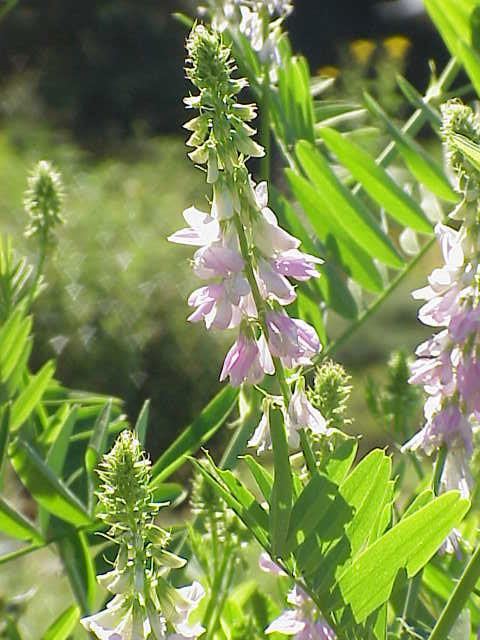 | ||
A galactagogue, or galactogogue, (from Greek: γάλα [γαλακτ-], milk, + ἀγωγός, leading) is a substance that promotes lactation in humans and other animals. It may be synthetic, plant-derived, or endogenous. They may be used to treat lactation failure.
Contents
Pharmaceutical
Synthetic galactagogues such as domperidone and metoclopramide interact with the dopamine system in such a way to increase the production of prolactin; specifically, by blocking the D2 receptor. There is some evidence to suggest that mothers who are unable to meet their infants' breastfeeding needs may benefit from galactogogues. Galactagogues may be considered when non-pharmacologic interventions are found to be insufficient. For example, domperidone may be an option for mothers of preterm babies who at over 14 days from delivery and after full lactation support still have difficulty expressing breast milk in sufficient quantity for their child's needs.
Domperidone (like metoclopramide, a D2 receptor antagonist) is not approved for enhanced lactation in the USA. By contrast, Australian guidelines consider domperidone to be the preferred galactagogue when non-pharmacological approaches have proved insufficient. Unlike metoclopramide, domperidone does not cross the blood-brain barrier and does not tend to have adverse effects such as drowsiness or depression.
Other drugs which may increase lactation include:
Herbal
Herbals and foods used as galactogogues have little or no scientific evidence of efficacy and the identity and purity of herbals are concerns because of inadequate testing requirements. The herbals most commonly cited as galactagogues are:
Other herbals that have been claimed to be galactagogues include:
Herbal galactogogues are divided into those believed to also have a sedating action on the nursing infant due to their volatile constituents, which can be carried through the breast milk itself, and those seen as promoting milk production without directly affecting the content. This often seems to be linked to anethol content.
